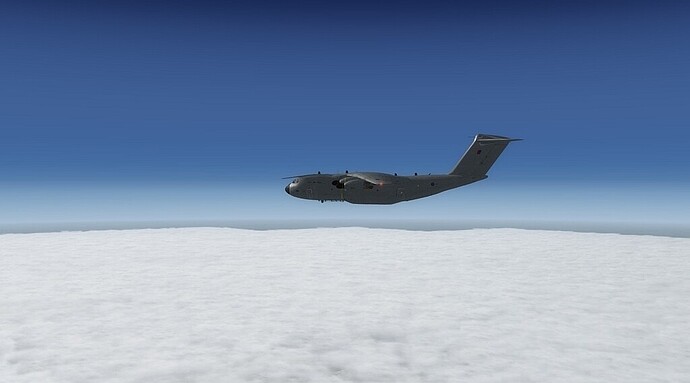Recife → Ministro Pistarini Airport Buenos Aires (SAEZ)
I’ve been prepping for this for a few days, Its almost double the distance I’ve flown before and with all the Christmas stuff going on, trying to fit this in was going to be tricky. I’d wanted to give it a crack without resorting to time compression As such it was going to take the best part of 5 hours.
I’ve been using Skyvector for planning, but for some reason P3D didn’t like the route and picked some slightly different waypoints. I tried to amend the route in P3D, but was spending too much valuable Dad flying time so went with P3Ds route. To all intents it was the same as the one I planned below.
Departure was around midday and the airport was busier than I’ve been used to. It took ages to get a gap in ATC to ask for clearance to depart.
I’d used a freeware Recife scenery downloaded from VATSIM and got more chance to see this on the departure. Not sure what the default looks like, but this looks nice.
A moody sky in the background, fortunately no rain and it looks like its clearing as we head south.
On our way up to FL350.
We leave the coast behind as we’re heading further south, Brazil streaches on and on.
Despite what the manual says, the A400 didn’t feel happy at 35,000ft, so we settle back down to FL300. With very little to do aside I have a quick check of George and the instruments and its time to take the dog for a walk.
When I get back things haven’t changed much in scenery, we’re 40 minutes further, but there’s weather about with lightning flashing between the clouds.
ETE 1:33 Auxiliary wing tanks dry. Still plenty of fuel. Total burn should be just over 40,000Kg with 50,000kg capacity there’s plenty.
I’m making preparation for decent and have a look outside. I can’t believe what I’m seeing, overcast. Real thick stuff as well. Typical.
The wind has picked up aat this alt and is gusting between 360 and 70 degrees, causing the a/c to be chucked around.
Fortunately 30 minutes out, the overcast clears and we start talking to approach. I’m hoping our fully liveried RAF aircraft wont be a problem and we’ll get a nice welcome from the Argentinians, it was 34 years ago after all. ![]()
We’re given clearance to land on Runway 35, I then realise I’ve set up for the other runway. A quick dog leg left and we’re on finals to land.
All my attention is on the PAPI lights but the odd flash just before the piano keys is drawing my attention as we get closer. I’m at about 600 ft, nicely on the glideslope when ATC asks me to go around. As we get closer I realise why…
Narrowly avoiding an international incident, I clean up the aircraft and go around listening for air traffic to give clearance to the a/c sat on the threshold.
We’re soon given clearance to land, this time without any issues.
A quick taxi to the gate and shutdown on what is now my longest distance flown in a single trip.
Despite my best efforts I have to confess to using time compression for a while as I was concerned I wouldn’t get this finished.
One further leg to the Falklands, then a quick stop and hop to Antartica and we’re there.
















![Felis An 24 Tutorial - Cold & Dark to Taxi [EASY TO FOLLOW]](https://uploads.mudspike.com/original/3X/7/6/7688c67fd93a45b5486e1aaef5ea00266f619360.jpeg)










































